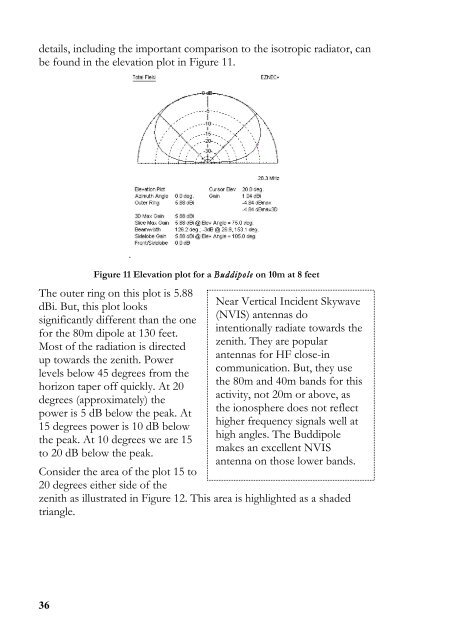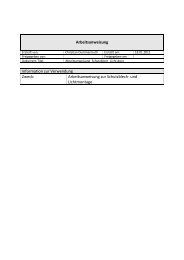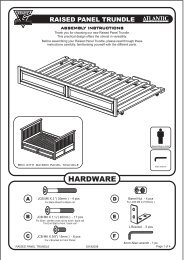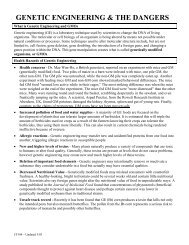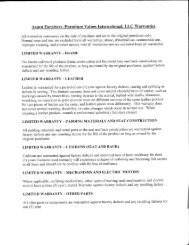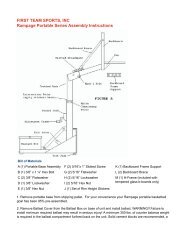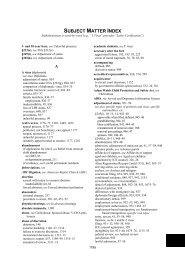BUDDIPOLE IN THE FIELD
BUDDIPOLE IN THE FIELD
BUDDIPOLE IN THE FIELD
You also want an ePaper? Increase the reach of your titles
YUMPU automatically turns print PDFs into web optimized ePapers that Google loves.
details, including the important comparison to the isotropic radiator, can<br />
be found in the elevation plot in Figure 11.<br />
Figure 11 Elevation plot for a Buddipole on 10m at 8 feet<br />
The outer ring on this plot is 5.88<br />
dBi. But, this plot looks<br />
significantly different than the one<br />
for the 80m dipole at 130 feet.<br />
Most of the radiation is directed<br />
up towards the zenith. Power<br />
levels below 45 degrees from the<br />
horizon taper off quickly. At 20<br />
degrees (approximately) the<br />
power is 5 dB below the peak. At<br />
15 degrees power is 10 dB below<br />
the peak. At 10 degrees we are 15<br />
to 20 dB below the peak.<br />
Near Vertical Incident Skywave<br />
(NVIS) antennas do<br />
intentionally radiate towards the<br />
zenith. They are popular<br />
antennas for HF close-in<br />
communication. But, they use<br />
the 80m and 40m bands for this<br />
activity, not 20m or above, as<br />
the ionosphere does not reflect<br />
higher frequency signals well at<br />
high angles. The Buddipole<br />
makes an excellent NVIS<br />
antenna on those lower bands.<br />
Consider the area of the plot 15 to<br />
20 degrees either side of the<br />
zenith as illustrated in Figure 12. This area is highlighted as a shaded<br />
triangle.<br />
36


